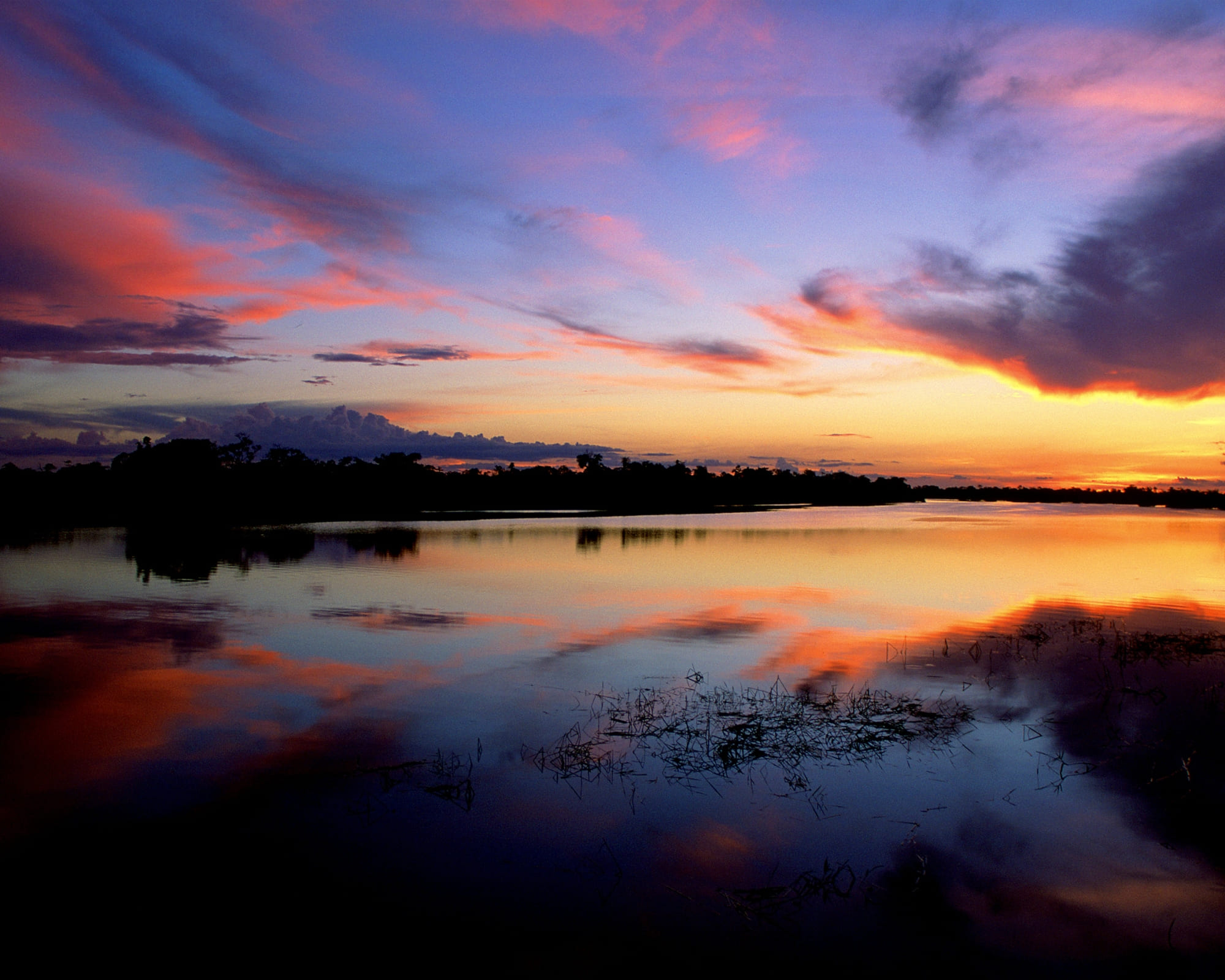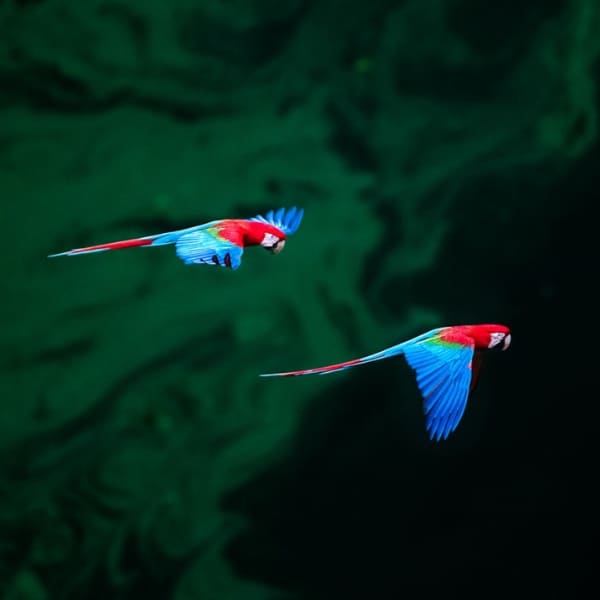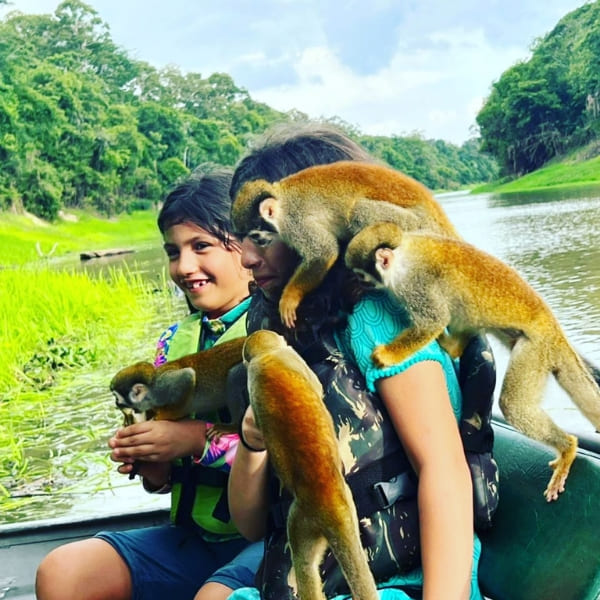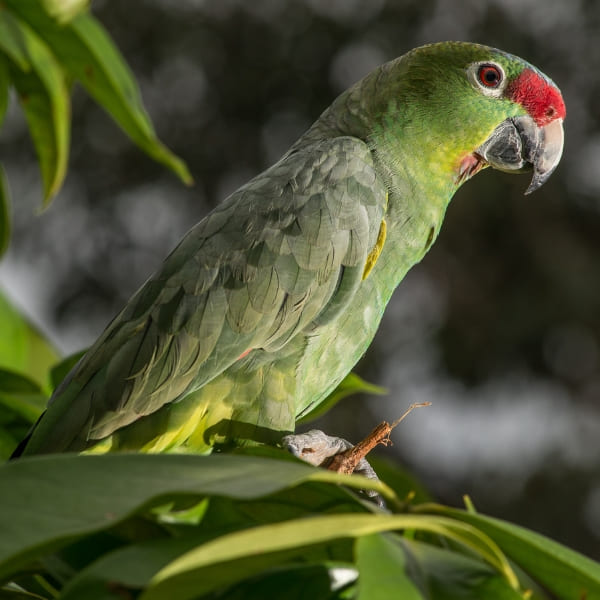Discover one of the largest protected areas of the Amazon, a UNESCO World Heritage Site, home to blackwater rivers, wildlife, and deep cultural history
Jaú National Park is one of the largest protected areas in the Amazon, covering 2.27 million hectares between Novo Airão and Barcelos. It protects the entire basin of the Jaú River, a blackwater tributary of the Rio Negro, and forms part of the Central Amazon Conservation Complex.
The park preserves flooded forests and rare ecosystems that shelter incredible biodiversity. Its dark rivers reflect the sky and forest like a mirror, creating ever-changing landscapes through the seasons.
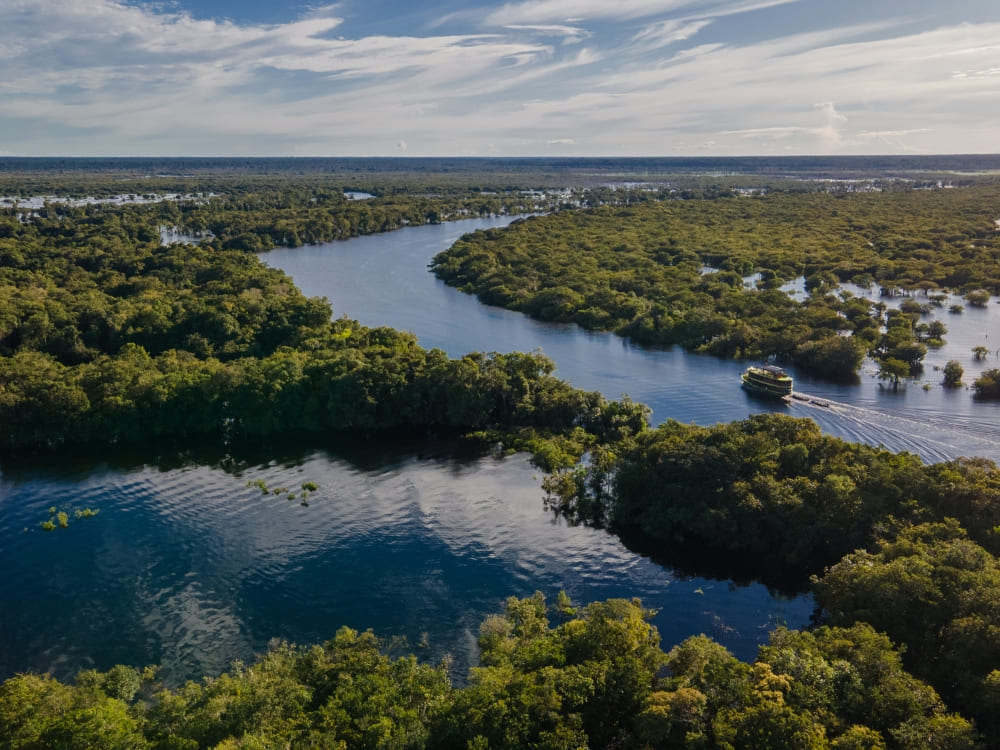
.
Recognized by UNESCO as a World Heritage Site, Jaú is both a natural and cultural treasure. Visiting the park in the Amazon Rainforest with PlanetaEXO also means supporting ecotourism and community-based initiatives.
Ready to learn more about this Amazon wonder?
How to get to Jaú National Park
The starting point for any visit is Manaus, the main hub of the Brazilian Amazon. From there, travelers join guided tours that take them directly to Novo Airão and the protected area of Jaú.
The cruises offered by PlanetaEXO depart from Manaus, with transfers arranged to the embarkation point. On the 5-day itinerary, the journey begins with a transfer from Manaus to Novo Airão. There, travelers board the expedition boat that serves as both transport and accommodation throughout the trip.
On the 7-day itinerary, travelers depart directly from Manaus, navigating the Rio Negro while already immersed in the Amazon environment. This structure ensures safety and comfort for visitors.
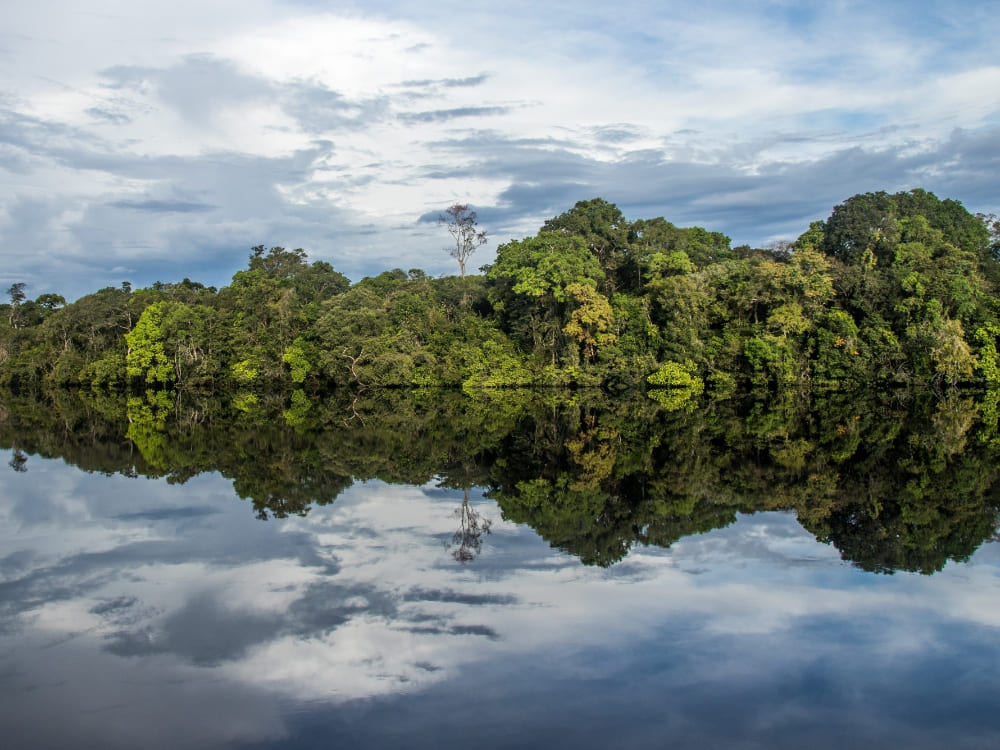
Photo: Dalia McGill
What to do at Jaú National Park
Activities inside Jaú National Park are always led by experienced guides and designed to respect conservation rules. Instead of mass tourism, visitors join small-group expeditions that highlight both nature and culture.
A highlight is canoeing through blackwater rivers and igapós. Here, travelers may spot giant river otters, exotic birds, or even caimans during night excursions. Hiking trails are also part of the itineraries, offering the chance to walk under the forest canopy and learn about native plants and animals.
Another unforgettable experience is visiting the Aturiá community. Guests interact with local families, taste seasonal fruits, and learn about daily life in the Amazon. Combined with refreshing swims in natural pools and waterfalls, these moments reveal the variety of what to do at Jaú National Park.
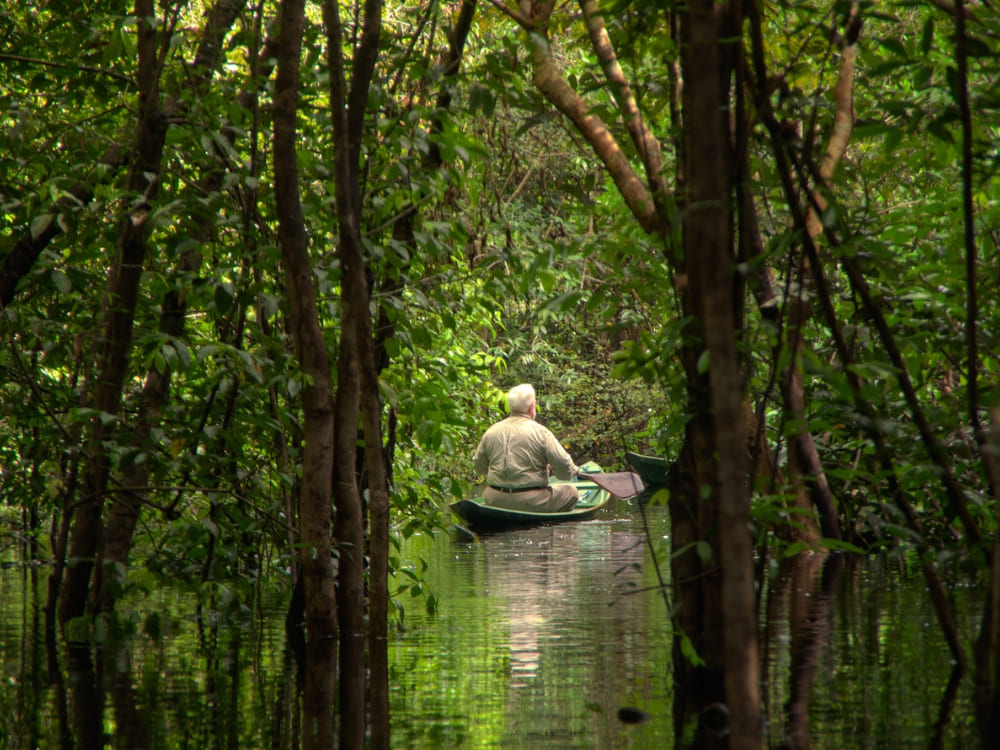
Photo: Johan
- Photo: Isadora Sá
- .
👉 Discover another National Park in the Amazon: Anavilhanas
Katerre Expedition
The Katerre Expeditions are the most complete way to explore Jaú and its surroundings. Operated on comfortable boats with rustic design and three decks, these cruises combine adventure with all-inclusive service.
5-day Amazon River Cruise in Brazil: This journey takes travelers from Novo Airão through the Anavilhanas Archipelago and deep into Jaú National Park. Highlights include hikes to the Madadá Caves, canoe trips, wildlife observation, cultural exchanges with indigenous and riverside communities, and night canoe safaris.
7-day Amazon Cruise Trip in Brazil: This longer itinerary expands the experience. It includes the Meeting of the Waters in Manaus, visits to Velho Airão (a historic abandoned settlement), petroglyphs, and more days inside Jaú. Travelers enjoy birdwatching, cultural immersion in riverside villages, and forest hikes to giant samaúma trees.
Both options are small-group expeditions with a maximum of 16 passengers. As a result, each journey offers an intimate and authentic way to experience Jaú National Park tours.
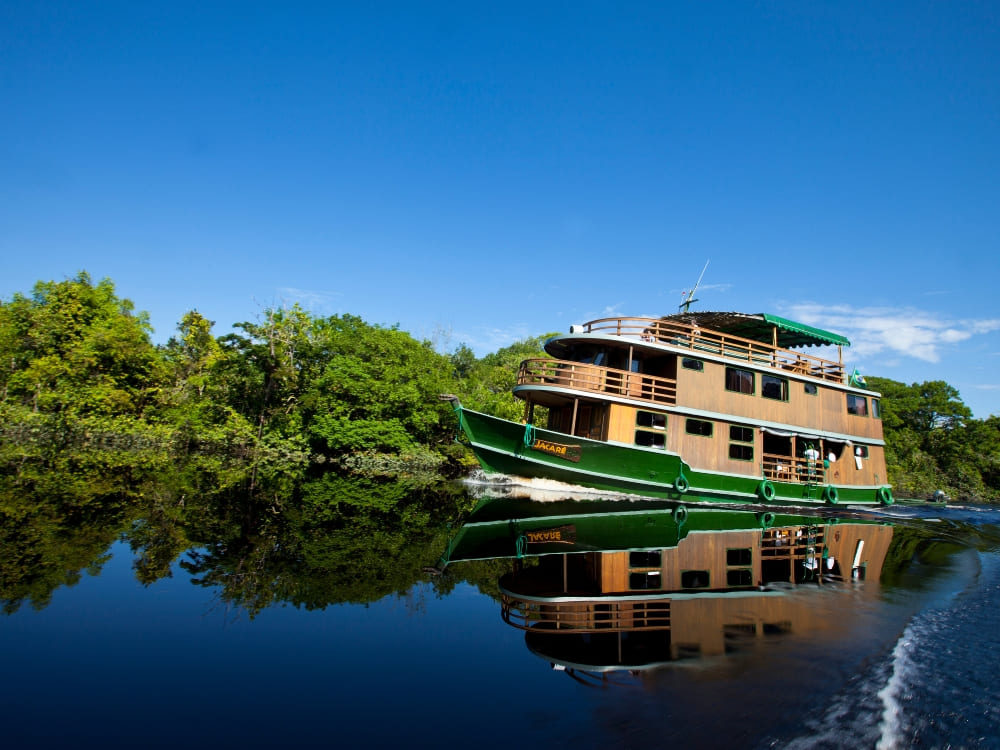
.
- .
- .
Best time to visit
The Amazon has two main seasons that shape every experience in the forest. Between March and August, rivers rise and flood the igapó forests. This is the best time for canoeing into waterways that vanish during the dry months.
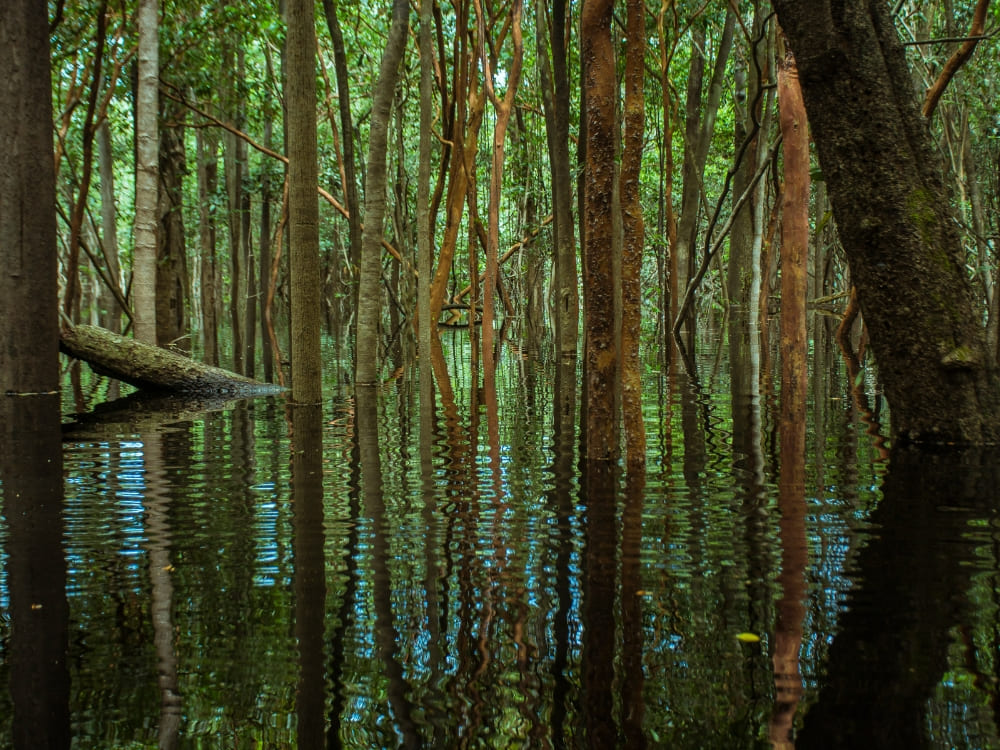
Photo: Meyriane de Mira Teixeira
From September to February, the waters recede and sandy beaches appear along the Rio Negro and its tributaries. Trails become more accessible, allowing visitors to reach waterfalls and rocky formations such as those in the Carabinani River.
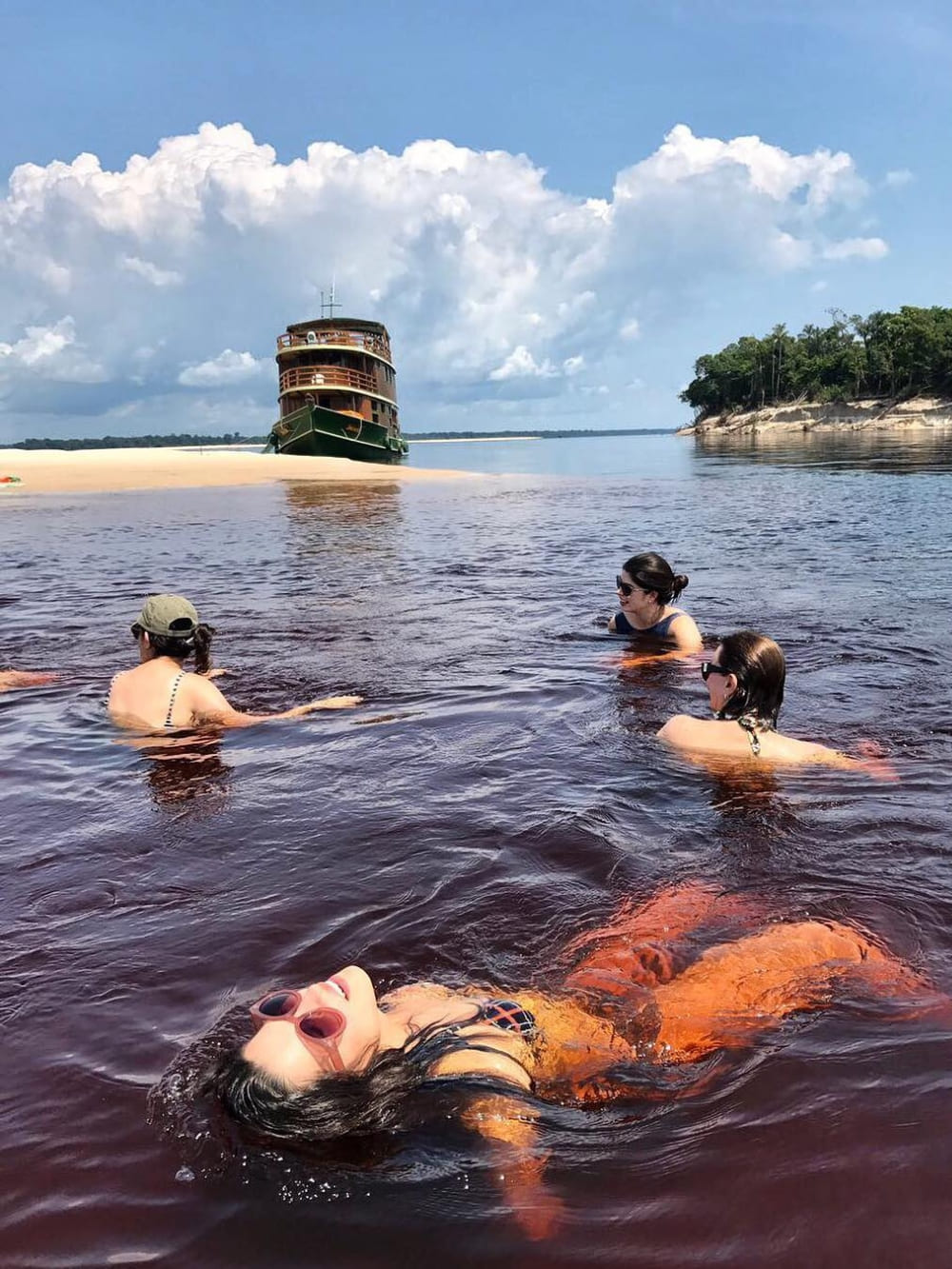
.
Each season offers unique perspectives. Whether you prefer paddling among submerged forests or hiking to waterfalls and ancient caves, your choice depends on your travel style.
👉 Learn more at Best time to visit the Amazon Rainforest
UNESCO World Heritage List
Since 2000, Jaú National Park has been part of the UNESCO World Heritage List as a core area of the Central Amazon Conservation Complex. This title highlights its value as one of the most representative blackwater ecosystems in the world.
It is also a Biosphere Reserve and a Ramsar Site, protecting wetlands of international importance. These recognitions reflect the global responsibility of conserving this park for its biodiversity, cultural history, and role in regulating the climate of the Amazon Basin.
According to UNESCO, the Central Amazon Conservation Complex – which includes Jaú National Park, is the largest protected area in the Amazon Basin. It safeguards blackwater ecosystems and endangered species such as the Amazonian manatee and river dolphins.
History of the park
Jaú National Park was created in September 1980 to protect one of the largest blackwater river basins in the world. Its name comes from the jaú fish, a giant catfish species that inhabits these rivers.
The park holds archaeological sites and ancient petroglyphs carved into rocks, evidence of human presence in the Amazon for thousands of years. These traces highlight the cultural importance of the area alongside its natural wealth.
Today, Jaú stands as a global symbol of Amazonian conservation. It preserves ecosystems essential to biodiversity and climate balance while protecting valuable cultural heritage.
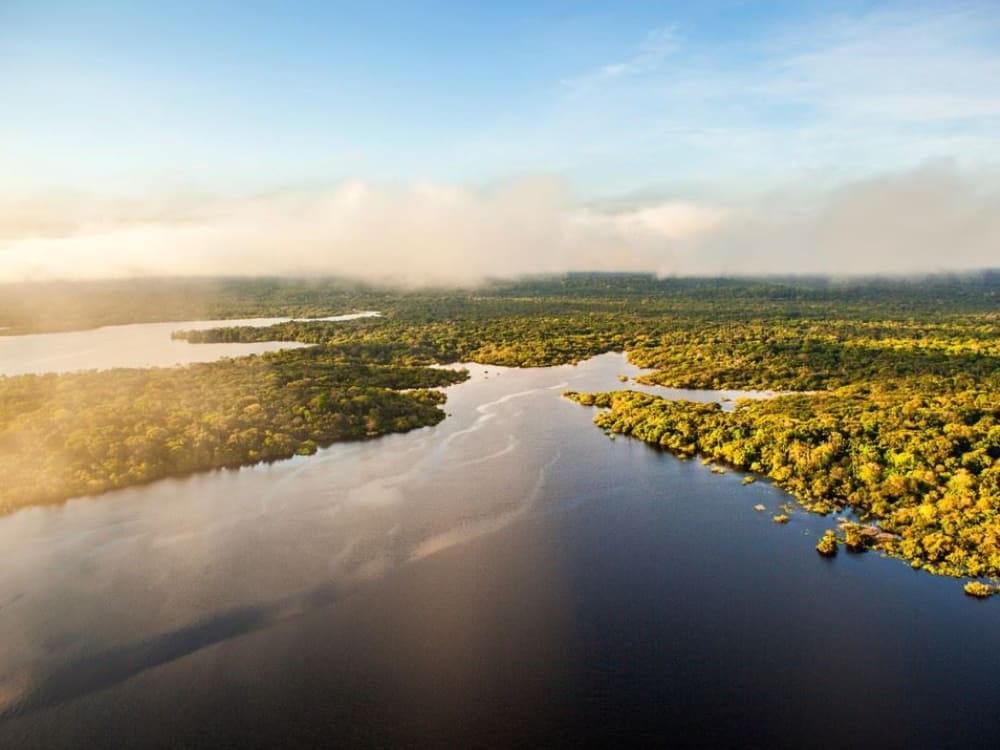
.
Wildlife and protected systems
The cruises provide safe opportunities to observe wildlife at Jaú National Park. Birdwatchers can admire macaws, parrots, and toucans flying above the canopy. Canoe rides at dusk often reveal nocturnal animals, while daylight excursions may include sightings of pink river dolphins and monkeys.
Forest hikes lead travelers to century-old samaúma trees, considered sacred by local communities. On Monkey Island and other stops, guides explain the ecological roles of different species and the challenges of conservation.

.
- .
- .
Jaú National Park facts
- Size: With 2.27 million hectares, Jaú National Park is the largest national park in the Brazilian Amazon. To put it in perspective, it is larger than Israel and almost the size of Belgium.
- Exploration style: The only way to visit responsibly is through organized expeditions, mainly small-group cruises that ensure safety and sustainability.
- Diversity of experiences: In a single trip, you can hike caves formed 700 million years ago, swim in blackwater rivers, join night safaris, and interact with riverine and indigenous families.
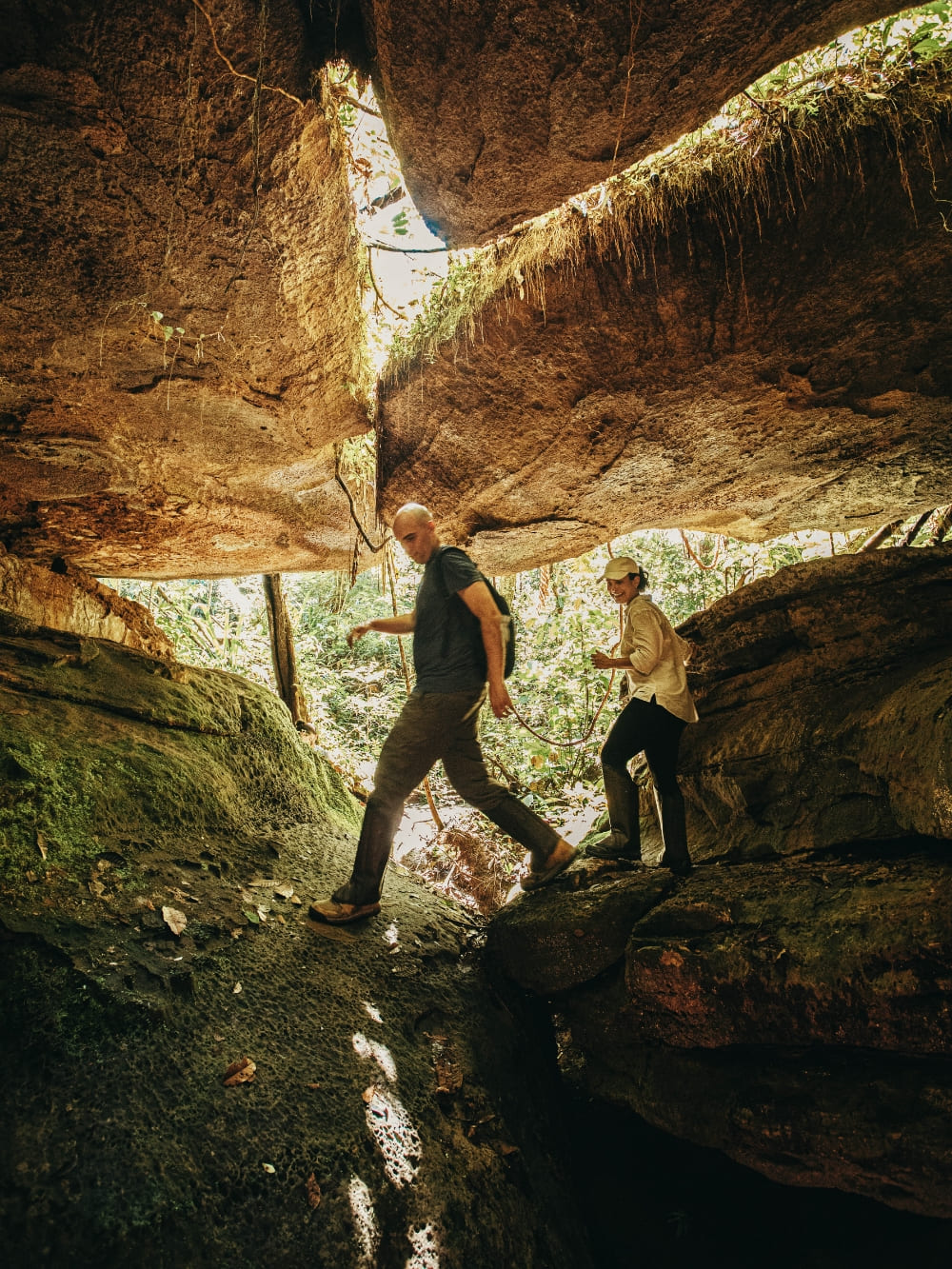
Photo: Felipe Castellari
Traveling with PlanetaEXO
Choosing PlanetaEXO for your Jaú National Park tours means traveling with purpose. Every expedition is organized in partnership with local guides and operators, ensuring that the economic benefits stay in the community while respecting environmental standards.
The expeditions balance comfort and authenticity, with boats designed for immersive experiences and itineraries that highlight both nature and culture. By joining one of these journeys, you directly support projects that protect wildlife and strengthen community-based tourism.
👉 Contact us to plan your journey

